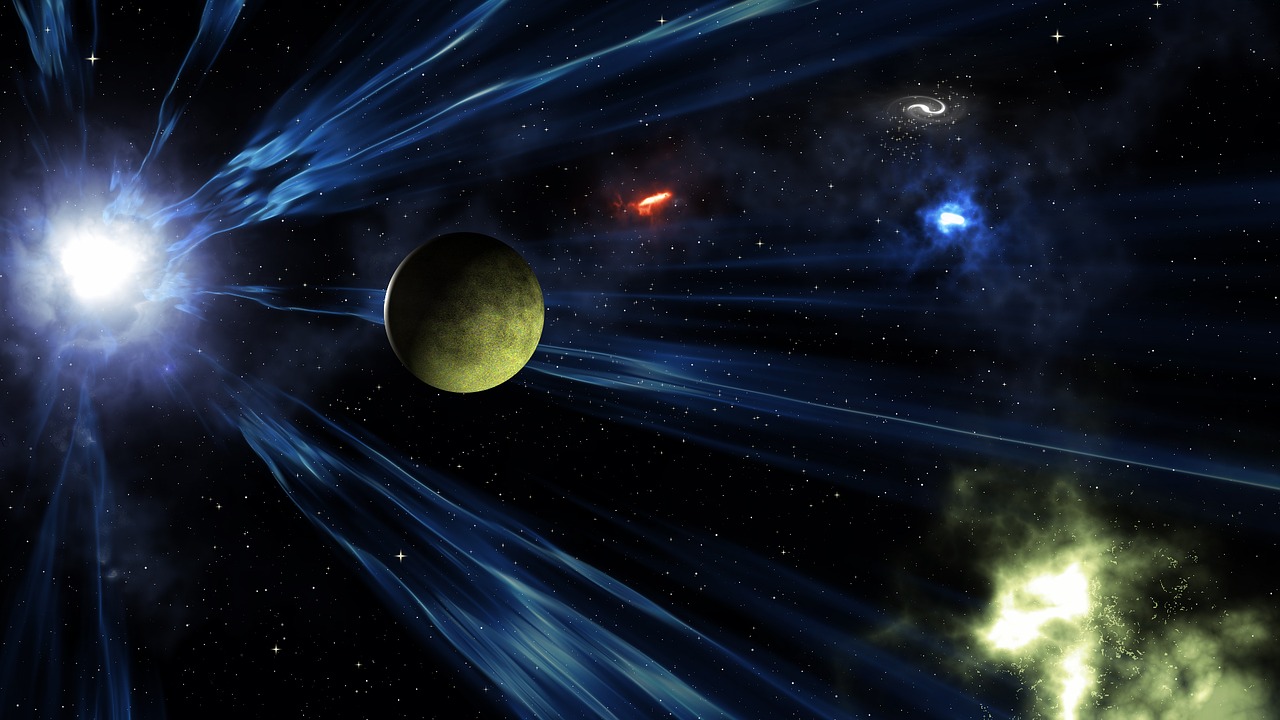Mysterious Star Boggles the Scientific Community

Astronomers are boggled by a star located at the distance of more than a thousand light years from here. KIC 8462852 or Tabby's star as it is nicknamed, is about 50 percent larger than our sun and 1273 K hotter. The star behaves strangely, for unknown reasons it dims on on regular time periods to lighten back up again some moments later. KIC 8462852 got its nickname thanks to Tabetha Boyajian who works as an assistant-professor at the university of Louisiana. Boyajian has been studying the star since 2015 together with her colleague Jason Wright.
One of a Kind
Tabby's star is an unusual one to say the least, because the light it emits fluctuates unpredictably. Sometimes the star doesn't shine for over a week, while being classified as an F-star (stars with a typical white-yellow light emission and a temperature between 6,000 and 7,600 K). Normally F-stars don't lose their brightness so easily, with KIC 8462852 however it is a different story. The last hundred years the star's light has dimmed slightly.
Light Obstruction
Recent data analysis from the Kepler telescope shows that Tabby's star lost 22 percent of its brightness over the years. The most logical explanation according to astronomers is that a cluster of object's (most likely planets) obstruct the star's light. A few of Boyajian's colleagues even consider the phenomenon to be the cause of aliens harvesting the star's energy in some sort of Dyson sphere. Boyajian dismisses the theory of alien activity around in the star. If planets are the main reason, no less than 50 of them would be needed to explain the sudden drop of light emission.

Las Cumbres Observatory Network
Data collected from the Kepler telescope alone were not sufficient to substantiate all of those theories. Boyajian and her team had to make more observations using a network of telescopes. They conducted their extended research at the Las Cumbres Observatory in California. This observatory is the only automated telescope network in the world that operates continuously. Twenty-one telescopes around the globe are connected with the Las Cumbres Observatory, when working together they function as one instrument. Astronomers begun investigating the star in March of 2016, with the help of the Las Cumbres network they where able to study incoming information in real time.
Dust Particles
Within the past six months Boyajian and her team have discovered other similar stars in the universe. Boyajian thinks that dust particles may be another explanation for the phenomena as the milky way is teeming of it. In any case it is most unlikely that alien superstructures are responsible for these events to happen. Still many questions remain unanswered like, how did the dust particles came into existence and why do they hang around these stars ? One thing is certain, more observations will have to be conducted if one day the scientific community wants to unravel the mysteries.
Thanks for reading,
Funcore
Source: www.theverge.com
well done funcore, once again!